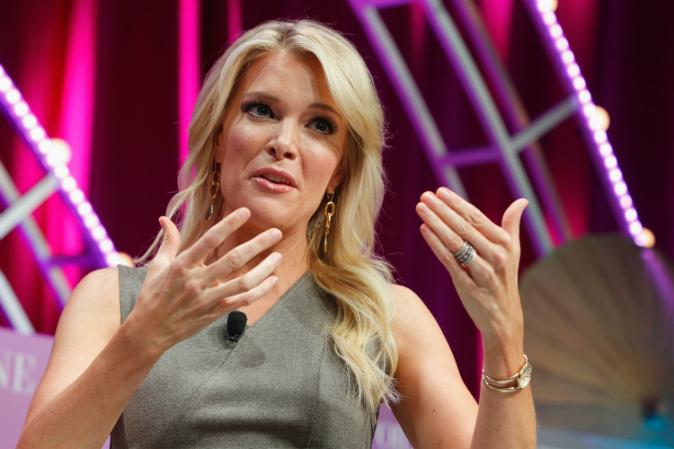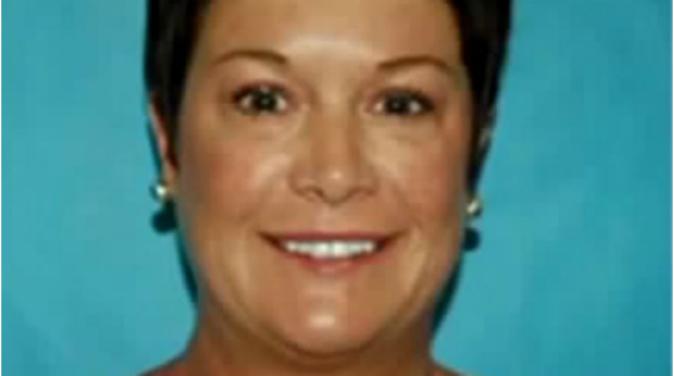Utah is radically changing requirements for new teaching hires in an attempt to bolster the number of teachers in the state.
The Utah Board of Education voted unanimously this month to allow the hiring of college graduates from all academic backgrounds—including those without formal teaching qualifications.
Under the new policy, prospective teachers must have a bachelor’s degree, pass an ethics exam and background check, and submit to a test to prove proficiency in a specific subject. New hires will then partner with a mentor known as a “master teacher” for their first 3 years.
Leslie Castle, who is on the Utah State Board of Education and voted for the change, said she hopes the policy can help get quality educators into the classroom.
“The overall mission is to remove the obstacles that prevent well-educated people from coming into the profession of teaching and becoming excellent teachers,” Castle said. “We’re not getting enough out of university programs—this is another route.”
Brad Assay, president of the Utah American Federation of Teachers, opposes the move, saying the real issue is about teacher retention.
“Top down driven mandates, evaluations tied to testing, and excessive work hours outside of the classroom are what drive our teachers out of the profession,” said Assay.
“Bringing professionals from outside the classroom does nothing but decrease morale among teachers and creates a system [in which supposedly] anyone can teach. We know that is not the case.”
Forty-two percent of new teachers quit within 5 years of starting, according to the Utah State Office of Education.
Of the nearly 9,000 graduates who were granted teaching licenses in Utah from 2000 to 2004, less than half were teaching in Utah public schools by the 2004–2005 school year, according to a study on Utah’s educators.
Melissa Tomlinson, assistant executive director of Badass Teachers Association, is concerned that the new pathway doesn’t include training on educational theory or classroom management.
“This is counterproductive to the actual issues causing teacher shortages across the country: The inability to retain good, experienced teachers by providing administrative support, proper background training, and autonomy in the classroom," Tomlinson said.
Castle’s answer to those who aren’t convinced the initiative will work is optimistic—“Let’s give it a try.”
“We can teach pedagogy—you can teach a teacher how to teach in a classroom. We cannot teach content knowledge,” she said.
“In Utah, if we don’t have a licensed teacher in the classroom, we put in a substitute teacher who generally isn’t licensed. Our job is to have the best teachers—it’s better than a substitute.”
The policy is scheduled to go into effect on Aug. 7.




